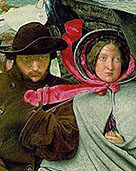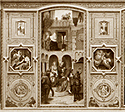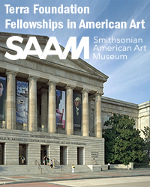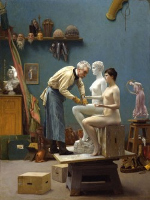X
Please wait for the PDF.
The browser will either open the file, download it, or display a dialog.
The browser will either open the file, download it, or display a dialog.
Ford Madox Brown's interest in the relationship between national identity and class has long been recognized in paintings of the 1850s such as Work, The Last of England, and An English Autumn Afternoon. This essay examines an earlier work, The Body of Harold Brought Before William the Conqueror, whose depiction of a key event in English history suggests radical affiliations and throws new light on the genesis of Brown's later paintings.
At the fin de siècle, artist-run exhibition societies dominated the European art scene. This article examines the efforts of one such society, the Association of Polish Artists Sztuka, to brand and position the works exhibited by the society as a superior form of contemporary art.
When Moritz von Schwind painted his popular Cinderella in 1852, he had to overcome the common perception of German folk tales as mere nursery stories devoid of any broader human message. The author explores the various strategies Schwind used to pitch this unconventional topic to contemporary audiences, looking also at how his painting triggered a vogue for fairy-tale paintings in late nineteenth-century German art.
A look at a display case from the 1867 World’s Fair in Paris, recently rediscovered in the storage rooms of the Petit Palais. The case was considered one of the masterpieces of the exhibition.










